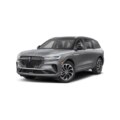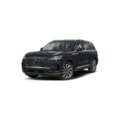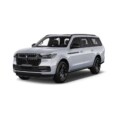Porsche Cayenne Coupe Plug-in Hybrid


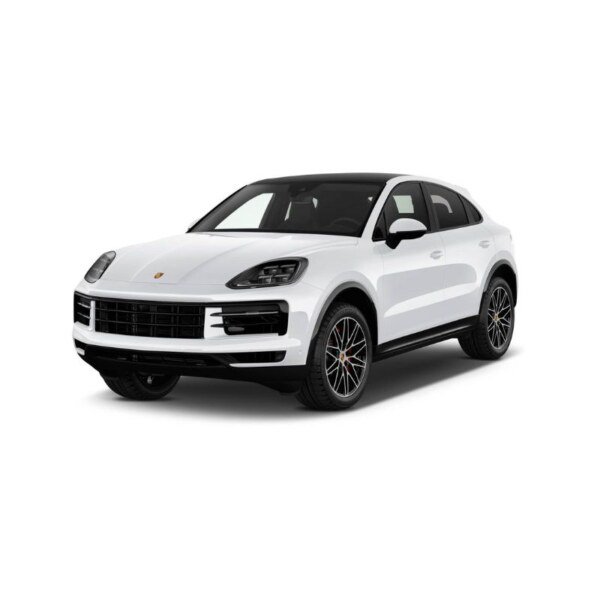
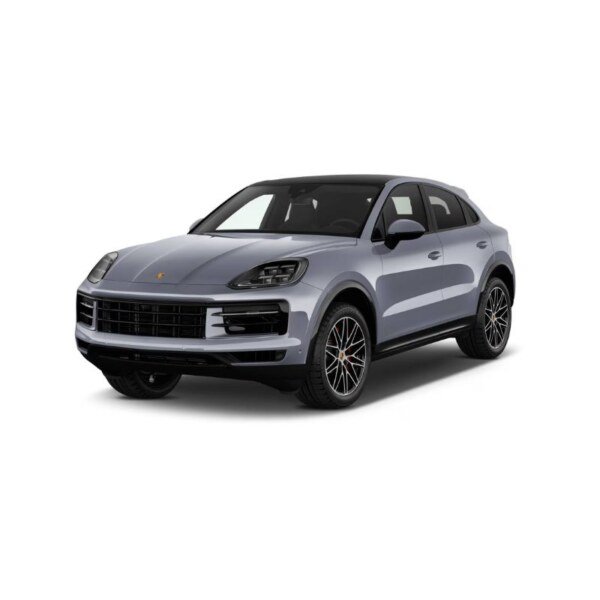
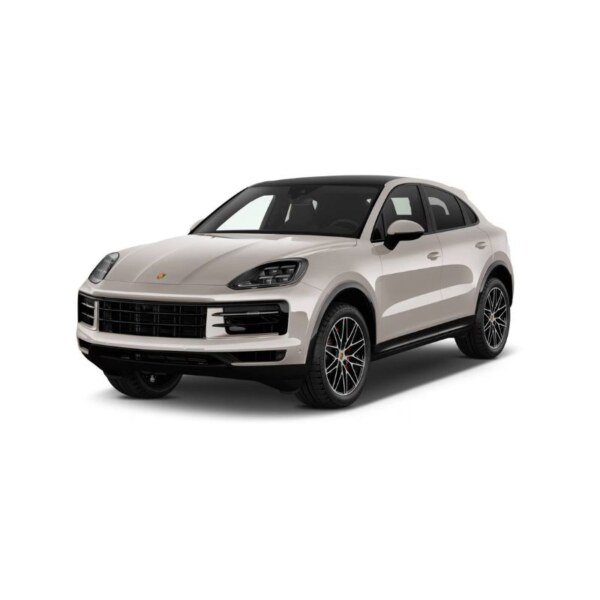
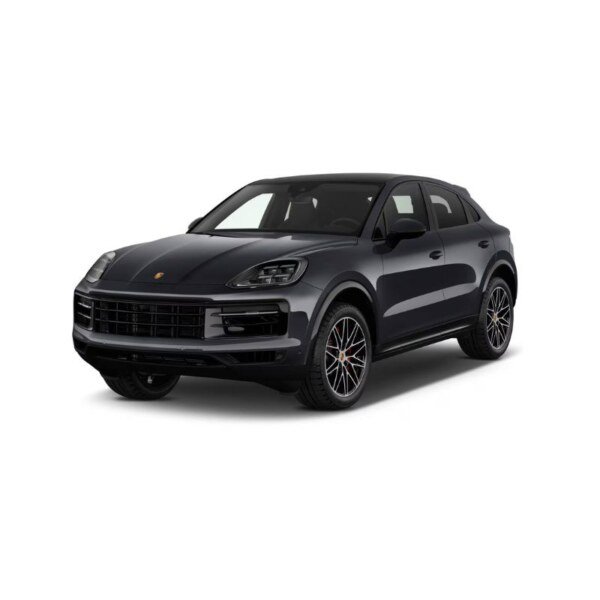

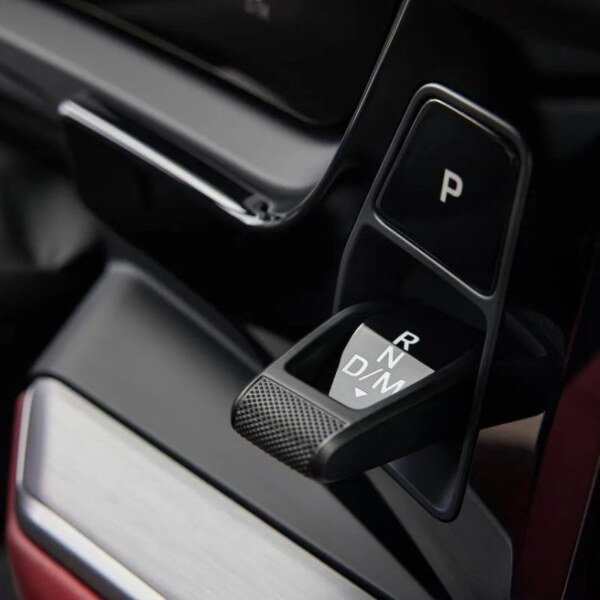

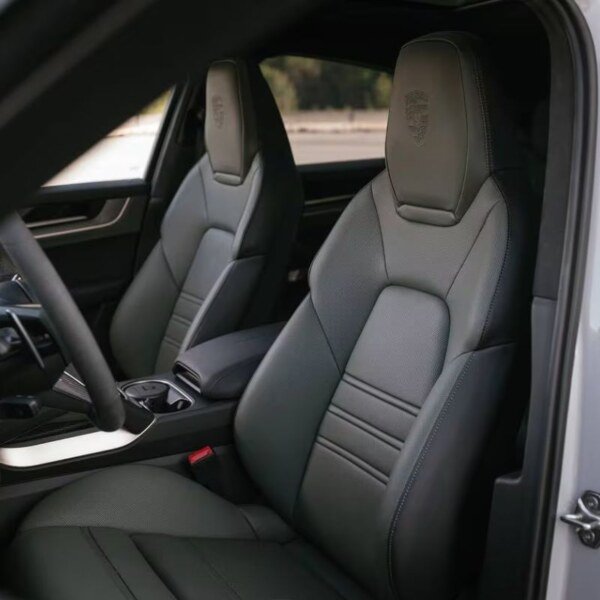
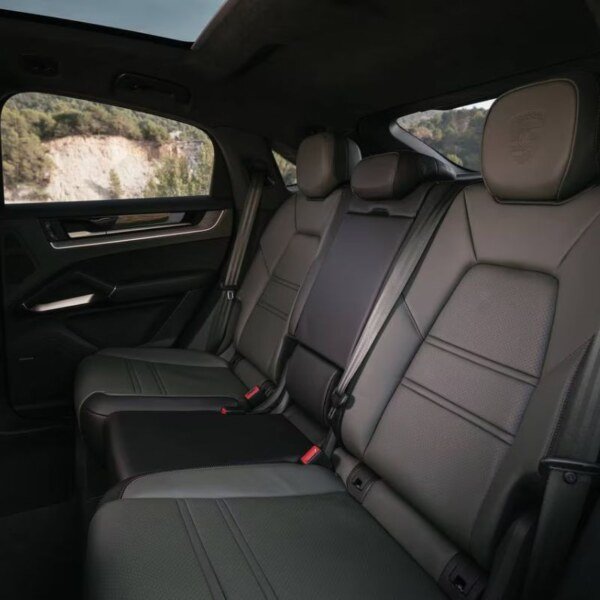
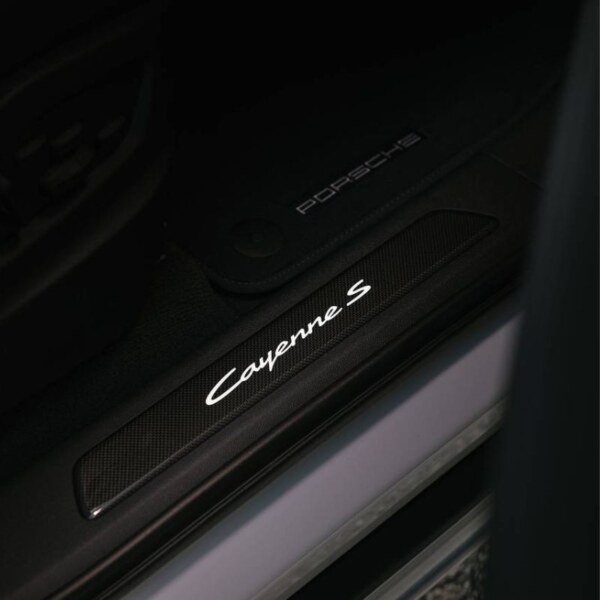




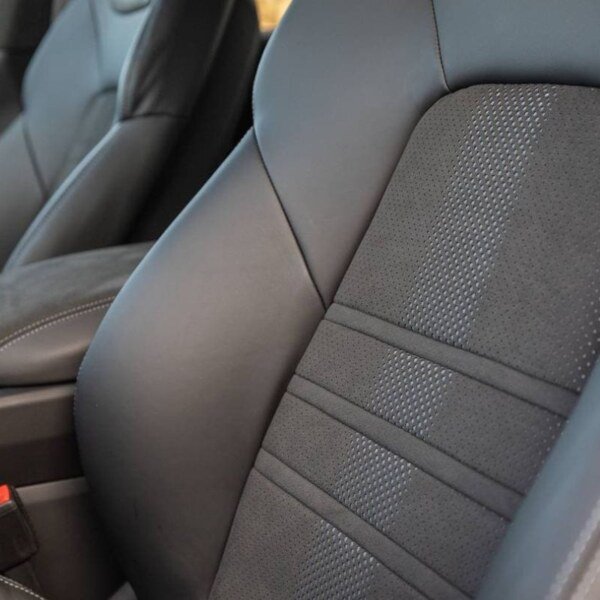
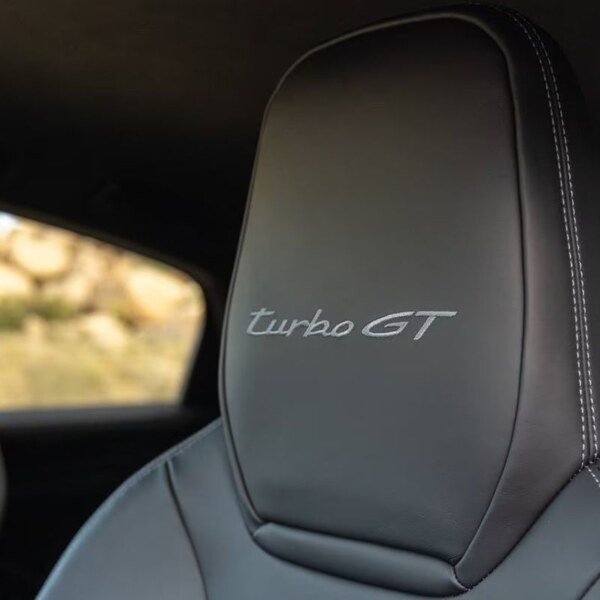
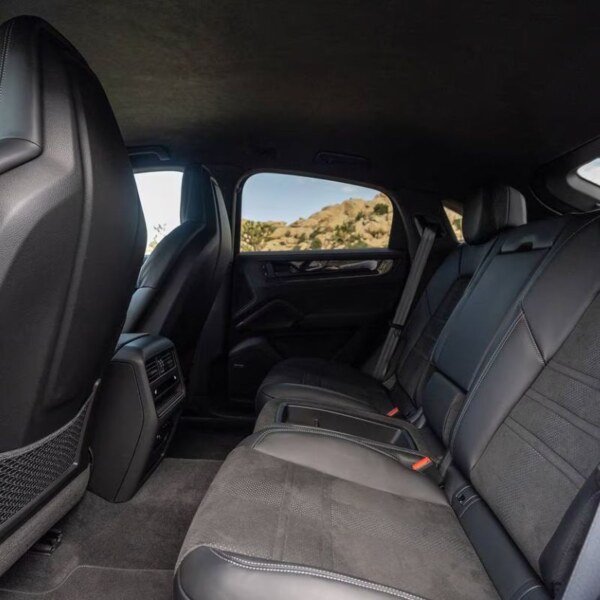
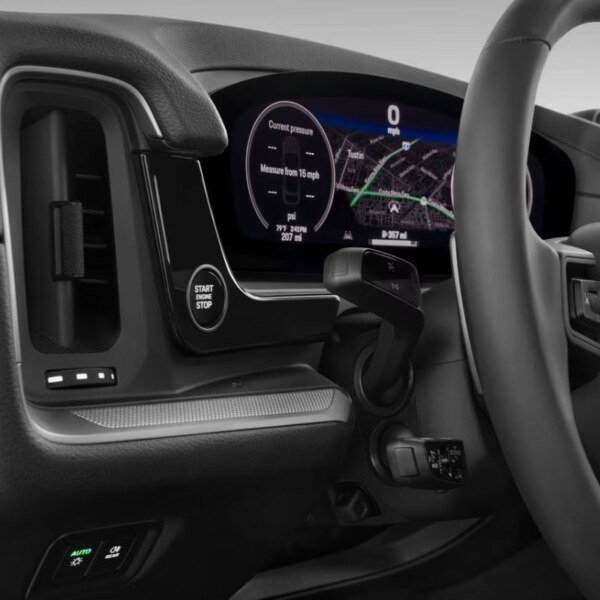
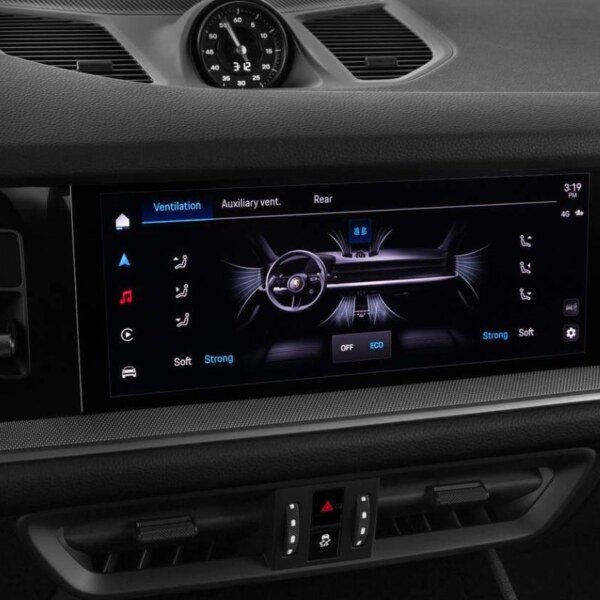

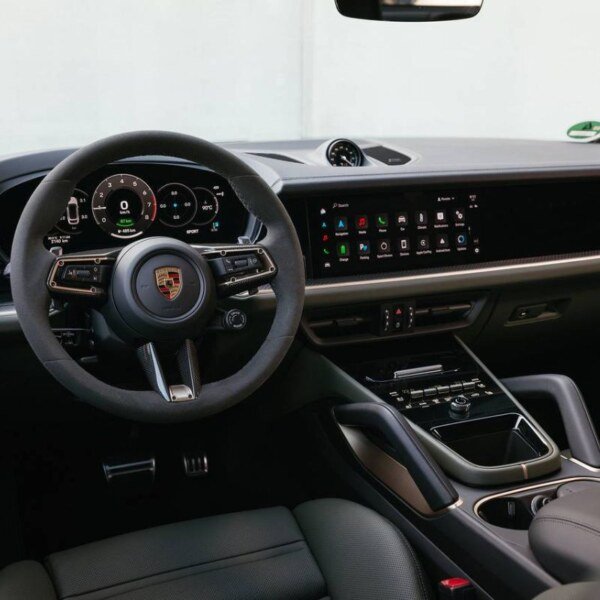
Specifications
Overview
| Models Car models are the different versions or designs of cars made by a manufacturer, each with unique features, styles, and configurations. | Coupe Plug-in Hybrid E-Hybrid |
| Year typically refers to the model year of a vehicle, which indicates its design and production cycle rather than the actual manufacturing date. | 2025 |
| All Electric Range The distance an electric vehicle can travel on a single battery charge without using any gasoline or other fuels. | 29 mi. |
| Combined MPG Combined MPG is the average number of miles a vehicle can travel per gallon of fuel, calculated by blending city and highway driving figures. | 22 MPG |
| Drive Type A car's drive type refers to which wheels receive power from the engine. For example, front-wheel drive (FWD) powers the front wheels, rear-wheel drive (RWD) powers the rear, and all-wheel drive (AWD) or four-wheel drive (4WD) power all four wheels. | all wheel drive |
| Total Seating Car total seating refers to the maximum number of passengers a car can accommodate, including the driver. | 4 |
| Cargo Capacity Car cargo capacity is the measurement of the space available in a vehicle for storing items, typically given in cubic feet or liters. | 15.3 cu.ft. |
| Curb Weight Car curb weight is the weight of a vehicle with all standard equipment, fluids, and a full tank of fuel, but without passengers or cargo. | 5,415 lbs. |
| Basic Warranty A Basic Warranty is a manufacturer’s promise to repair or replace parts of a product if they prove defective within a specified period. | 4 yr./ 50,000 mi. |
| Dealerships Car dealerships are businesses that sell new or used vehicles directly to consumers, often providing financing, trade-ins, and maintenance services. |
United States Houston, Texas, 3 |
Fuel & MPG / Battery & Range
| Fuel type Fuel type refers to the kind of energy source used to power an engine or appliance, such as gasoline, diesel, electricity, or alternative fuels. | Premium unleaded (required) |
| EPA city/highway MPG EPA city/highway MPG refers to the estimated miles per gallon a car gets in city driving and on highways, as measured by the U.S. Environmental Protection Agency. | 21/23 MPG |
| EPA combined MPGe The EPA combined MPGe rating shows how many miles a car can travel using energy equivalent to one gallon of gasoline, blending city and highway efficiency. | 53 MPGe |
| EPA city/highway MPGe EPA city/highway MPGe measures a vehicle's energy efficiency in city and highway driving, expressed in miles per gallon equivalent (MPGe), comparing electric energy use to gasoline consumption. | 53/54 MPGe |
| EPA combined MPG EPA combined MPG stands for Environmental Protection Agency Combined Miles per Gallon. It estimates a vehicle’s fuel efficiency by averaging its performance in both city and highway driving conditions. | 22 MPG |
| Range in miles (city/hwy) Car range refers to the distance a vehicle can travel on a full tank of fuel (or a full battery charge) and is usually measured separately for city driving—which often gives a lower range due to stop-and-go traffic—and highway driving, where steady speeds generally result in a higher range. | 415.8/455.4 mi. |
| EPA kWh/100 mi EPA kWh/100 mi is a measure of an electric car's efficiency, showing how many kilowatt-hours of energy the vehicle consumes to travel 100 miles. | 63 |
| Fuel tank capacity A car's fuel tank capacity is the maximum amount of fuel it can hold, usually measured in liters or gallons. | 19.8 gal. |
| EPA electricity range The EPA electricity range is the estimated distance an electric vehicle can travel on a single charge, based on standardized tests by the Environmental Protection Agency. | 29 mi. |
| EPA time to charge battery (at 240V) Most electric cars typically require about 8–12 hours for a full charge on a 240V (Level 2) charger, though the exact time depends on the car's battery capacity and efficiency. | 2.5 hr. |
| CO2 Emissions Car CO₂ emissions refer to the amount of carbon dioxide released into the atmosphere by a vehicle’s engine as it burns fuel. | 3.6 tons |
Engine
| Base engine size The car’s base engine size usually refers to its engine displacement, which is the total volume of all the cylinders (measured in liters or cubic centimeters). | 3.0 L |
| Cylinders Car cylinders are the chambers in an engine where the combustion of fuel occurs, driving pistons to create mechanical power. | V6 |
| Base engine type A car’s base engine type refers to its fundamental design—typically the configuration (like inline, V-type, or boxer) and the fuel it uses (gasoline, diesel, etc.). | Plug-in hybrid |
| Horsepower Car horsepower is a unit of power that measures how much work an engine can perform, with one horsepower roughly equal to 746 watts. | 463 hp |
| Torque Car torque is a measure of the engine's twisting force, indicating its ability to accelerate the vehicle and overcome resistance. | 479 lb-ft |
| Valves Car valves are engine components that control the intake of air and fuel and the exhaust of combustion gases. | 24 |
| Cam type generally refers to the configuration of an engine’s camshaft(s). For example, engines can have a single overhead cam (SOHC) or dual overhead cam (DOHC) layout, each affecting valve timing and engine performance differently. | Double overhead cam (DOHC) |
| Valve timing Valve timing is the process of precisely controlling when the engine's intake and exhaust valves open and close to optimize performance and efficiency. | Variable |
| Direct injection Direct injection is a fuel system that injects fuel directly into the engine’s combustion chamber, which improves efficiency, power, and fuel economy. | Standard |
Towing & Hauling
| Max Towing Capacity | 7,716 lbs. |
| Max Payload Capacity | 1,441 lbs. |
Drivetrain
| Transmission A car transmission is the system that transfers power from the engine to the wheels, using different gear ratios to control speed and torque. | 8-speed shiftable automatic |
| Drive Type A car's drive type refers to which wheels receive power from the engine. For example, front-wheel drive (FWD) powers the front wheels, rear-wheel drive (RWD) powers the rear, and all-wheel drive (AWD) or four-wheel drive (4WD) power all four wheels. | All wheel drive |
| Descent control | Standard |
Suspension
| Four-wheel independent suspension | Standard |
| Front and rear stabilizer bar | Standard |
Dimensions
| Length | 194.1 in. |
| Overall width with mirrors | 86.4 in. |
| Overall width without mirrors | 78.1 in. |
| Height | 65.9 in. |
| Wheelbase A car's wheelbase is the distance between the centers of its front and rear wheels. | 114.0 in. |
| Cargo capacity, all seats in place | 15.3 cu.ft. |
| Maximum payload | 1,441 lbs. |
| Maximum cargo capacity | 47.4 cu.ft. |
| Manufacturer 0-60 mph acceleration time | 4.6 seconds |
| Turning circle The car turning circle is the smallest circular path a vehicle can complete, reflecting its maneuverability. | 39.7 ft. |
| Curb Weight Car curb weight is the weight of a vehicle with all standard equipment, fluids, and a full tank of fuel, but without passengers or cargo. | 5,415 lbs. |
| Angle of approach | 25.2 degrees |
| Angle of departure | 22.0 degrees |
| Maximum towing capacity | 7,716 lbs. |
| Gross weight Car gross weight is the total weight of the vehicle including passengers, cargo, fuel, and all additional equipment. | 6,856 lbs. |
| Country of final assembly A car’s country of final assembly is the nation where the vehicle is put together into its final form, regardless of where its parts were produced. | Slovakia |
Front Seat Dimensions
| Leatherette | Standard |
| Height adjustable passenger seat | Standard |
| Passenger seat with power adjustable lumbar support | Standard |
| Multi-level heated driver seat | Standard |
Rear Seat Dimensions
| Split-folding rear seatback | Standard |
| Folding with pass-thru center armrest | Standard |
In-Car Entertainment
| Total speakers | 10 |
| AM/FM stereo | Standard |
| Surround audio surround audio (discrete) | Standard |
| Android Auto/Apple CarPlay | Standard |
| USB connection | Standard |
| USB with external media control | Standard |
| Satellite radio satellite radio | Standard |
| 3 months of provided satellite radio service | Standard |
Power Feature
| 4 one-touch power windows | Standard |
| Hands-free entry | Standard |
| Reverse tilt dual mirrors provides curb view when vehicle in reverse | Standard |
| Heated mirrors | Standard |
Instrumentation
| Trip computer | Standard |
| Compass | Standard |
| Tachometer | Standard |
| External temperature display | Standard |
| Clock | Standard |
Tires & Wheels
| Tires Size | 295/45R20 |
| Wheels Size | 20 x 10.5 |
Telematics
| Stolen Vehicle Tracking/Assistance | Standard |
Warranty
| Basic | 4 yr./ 50,000 mi |
| Drivetrain | 4 yr./ 50,000 mi. |
| Rust | 12 yr./ unlimited mi. |
| Roadside Assistance | 4 yr./ 50,000 mi. |
| EV Battery | 8 yr./ 100,000 mi. |
PROS
- Powerful Hybrid Performance – Combines a 3.0L V6 and electric motor for 463 hp and 479 lb-ft torque, delivering dynamic acceleration.
- Impressive Towing Capacity – Capable of towing up to 7,716 lbs, a rare strength in the plug-in hybrid segment.
CONS
- Limited Electric Range – Only 29 miles of all-electric range may fall short for daily EV-only commutes.
- High Curb Weight – At over 5,400 lbs, it may feel heavier and affect handling in tight conditions.
The 2025 Porsche Cayenne Coupe Plug-in Hybrid E-Hybrid, offering 463 hp and a swift 0–60 mph in just 4.6 seconds. With an all-electric range of 29 miles and a luxurious 4-seat interior, it blends power and efficiency seamlessly. Enjoy all-wheel drive, 22 MPG combined, and premium comfort in a sleek design. Perfect for eco-conscious drivers who demand luxury and towing muscle.
Your question is: Porsche Cayenne Coupe Plug-in Hybrid E-Hybrid?
Which question will you have about this car? Let’s justify these. There, we are including the major questions and answers about this car. So, let’s start now.
What is the all-electric range of the 2025 Coupe Plug-In Hybrid E-Hybrid?
The 2025 E-Hybrid offers an all-electric range of up to 29 miles on a full charge.
How long does it take to charge the E-Hybrid at 240V?
Charging the battery at 240V takes approximately 2.5 hours.
What kind of fuel does the 2025 E-Hybrid use?
It requires premium unleaded fuel for optimal performance.
How fast is the 2025 Plug-In Hybrid E-Hybrid?
It accelerates from 0 to 60 mph in just 4.6 seconds and has a top speed of 254 km/h.
What is the combined MPG and MPGe rating?
The vehicle offers a combined fuel economy of 22 MPG and 53 MPGe.
How much can the 2025 Plug-In Hybrid tow?
It has a maximum towing capacity of 7,716 lbs, making it highly capable for hauling.
Where is the 2025 Coupe Plug-In Hybrid E-Hybrid manufactured?
The final assembly of this model takes place in Slovakia.




